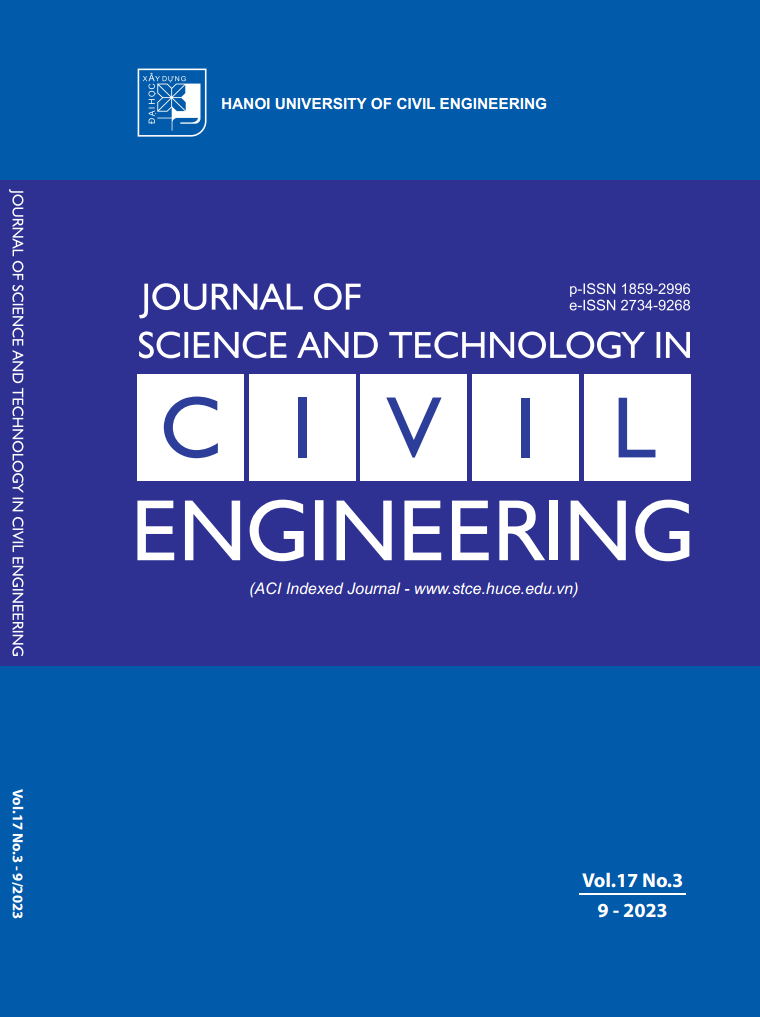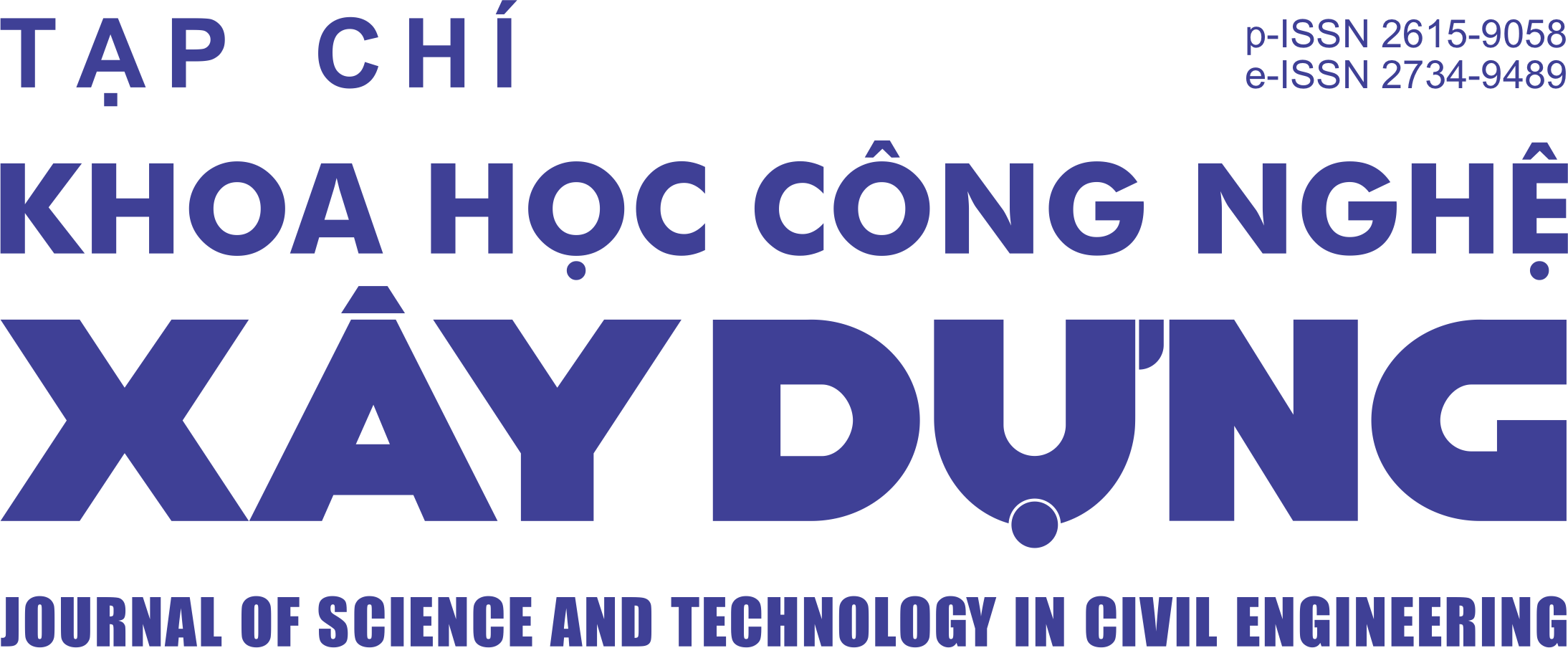Corrosion effect on stress concentration factor in tubular T-joints under axial loading
Abstract
A stress concentration factor (SCF) is used to determine concentrated stress at hotspots for fatigue evaluation of steel fixed offshore platforms. The varying SCF significantly affects the fatigue damage of the hotspot according to the exponential function. Current standards have proposed empirical formulas to determine the SCF at the hotspots of the tubular joints, but it depends on the geometry and some specific limitations. When a tubular joint is corroded, its geometry will be changed, making these limitations unsuitable, especially for the case of non-uniform corrosion. Therefore the formulas are no longer suitable to apply in these cases. This paper uses ABAQUS-based numerical simulation to analyze concentrated stress at saddle and crown points on the chord of non-uniform corroded tubular T-joints under axial loading in some different scenarios. The research indicates that thickness and dimension of corroded zone around the joint intersection substantially influence stress concentration factor and fatigue damage at the mentioned hotspots.
Downloads
Copyright (c) 2023 Hanoi University of Civil Engineering

This work is licensed under a Creative Commons Attribution-NonCommercial-NoDerivatives 4.0 International License.
1. The Author assigns all copyright in and to the article (the Work) to the Journal of Science and Technology in Civil Engineering (JSTCE) – Hanoi University of Civil Engineering (HUCE), including the right to publish, republish, transmit, sell and distribute the Work in whole or in part in electronic and print editions of the Journal, in all media of expression now known or later developed.
2. By this assignment of copyright to the JSTCE, reproduction, posting, transmission, distribution or other use of the Work in whole or in part in any medium by the Author requires a full citation to the Journal, suitable in form and content as follows: title of article, authors’ names, journal title, volume, issue, year, copyright owner as specified in the Journal, DOI number. Links to the final article published on the website of the Journal are encouraged.
3. The Author and the company/employer agree that any and all copies of the final published version of the Work or any part thereof distributed or posted by them in print or electronic format as permitted herein will include the notice of copyright as stipulated in the Journal and a full citation to the Journal as published on the website.







